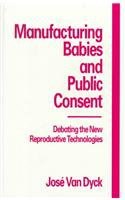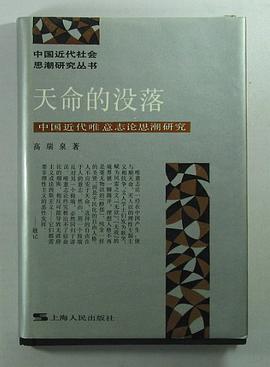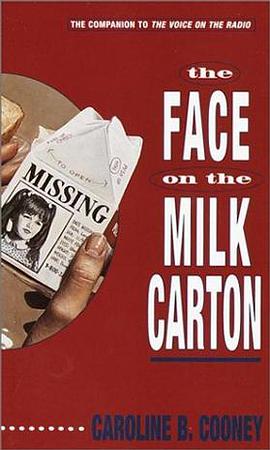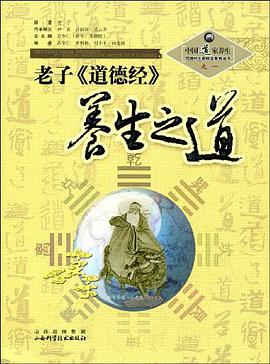

具體描述
On Christmas day, 1993, a 59-year-old British woman gave birth to healthy twins. In Italy the very same week, a black woman bore a white baby, produced from the semen of her white husband and an egg donated by a white woman. Heated debates ensued across the United States and Europe. Fifteen years ago the very idea of conception outside a woman's womb triggered science fiction fantasies and alarmist speculations. Today, thousands of babies are manufactured with the help of in-vitro fertilization and related technologies each year. The application of these procedures has continuously shifted the boundaries of conception and reproduction. In the public debate on new reproductive technologies, many voices have been heard: medical scientists hailing the new technologies as an unprecedented advance; feminists raising apprehensions about the way in which these technologies might rob a woman of her reproductive autonomy and bodily integrity; and ethicists, religious groups, and politicians expressing concerns about the social and moral implications of the new technologies. Mapping out the public debate in the three discourses which play the most significant role in the distribution of public meanings--science, journalism and fiction--Jos Van Dyck here traces the ways in which this public consent has been manufactured. This book examines important questions about the relationship between science, technology and popular culture.
著者簡介
圖書目錄
讀後感
評分
評分
評分
評分
用戶評價
相關圖書
本站所有內容均為互聯網搜索引擎提供的公開搜索信息,本站不存儲任何數據與內容,任何內容與數據均與本站無關,如有需要請聯繫相關搜索引擎包括但不限於百度,google,bing,sogou 等
© 2025 book.quotespace.org All Rights Reserved. 小美書屋 版权所有




















